Dreams from the 2000s
Former Deputy Minister of Transport Nguyen Ngoc Dong recalled that in the 2000s, the transport sector repeatedly proposed building a new railway line, because the old 1,000mm gauge railway was outdated and could not meet the needs of transporting goods and passengers from the North to the South.
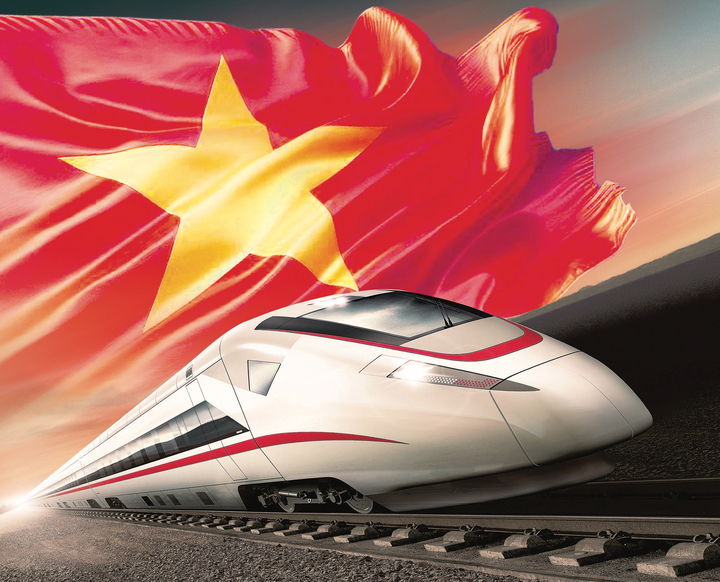 The North-South high-speed railway project was approved by the National Assembly after more than 18 years of research.
The North-South high-speed railway project was approved by the National Assembly after more than 18 years of research.
In 2007, the Government approved the investment portfolio for a number of essential transport infrastructure projects, including the North-South high-speed railway project. Vietnam Railways Corporation (VNR) was assigned to study the project.
The North-South high-speed railway is not a simple project, but creates economic development momentum for many regions, increases the competitiveness of the economy, and contributes to making Vietnam a developed country.
Dr. Bui Xuan Phong - Former Chairman of Vietnam Railway Economics Association
According to Mr. Do Van Hat - former Chairman of the Board of Directors, General Director of Transport Investment and Construction Consulting Joint Stock Company, Head of the Vietnam - Japan Consulting Joint Venture, Head of the Investment Report (pre-feasibility study) of the high-speed railway project in the period 2008-2010: "If there is a high-speed railway, it will take just over an hour to get to Vinh, then people can go to work in Hanoi without having to buy a house in Hanoi, reducing pressure on large cities".
After being assigned by VNR as the project manager, Mr. Do Van Hat invited 3 more Japanese consulting companies to establish the Vietnam - Japan Consulting Joint Venture (VJC), to research and prepare an investment report for the North - South high-speed railway project. " We visited and studied high-speed railway models in Japan, Germany, France, China..., expecting the high-speed railway to help connect the two ends of the country, enhance exchanges and socio-economic development of localities along the route, saving time and travel costs for people," Mr. Hat said.
In May 2010, at the 7th Session of the 12th National Assembly, out of 439 National Assembly delegates present, only 185 delegates approved, 208 delegates disapproved, and 34 delegates abstained. With less than 50% of the votes in favor, the National Assembly did not pass the project. " The poll results before the session showed a high consensus rate, but when it was brought to the National Assembly, it was not approved," Mr. Hat said, admitting that at that time, he and many others were very disappointed, because they had devoted a lot of effort to this project.
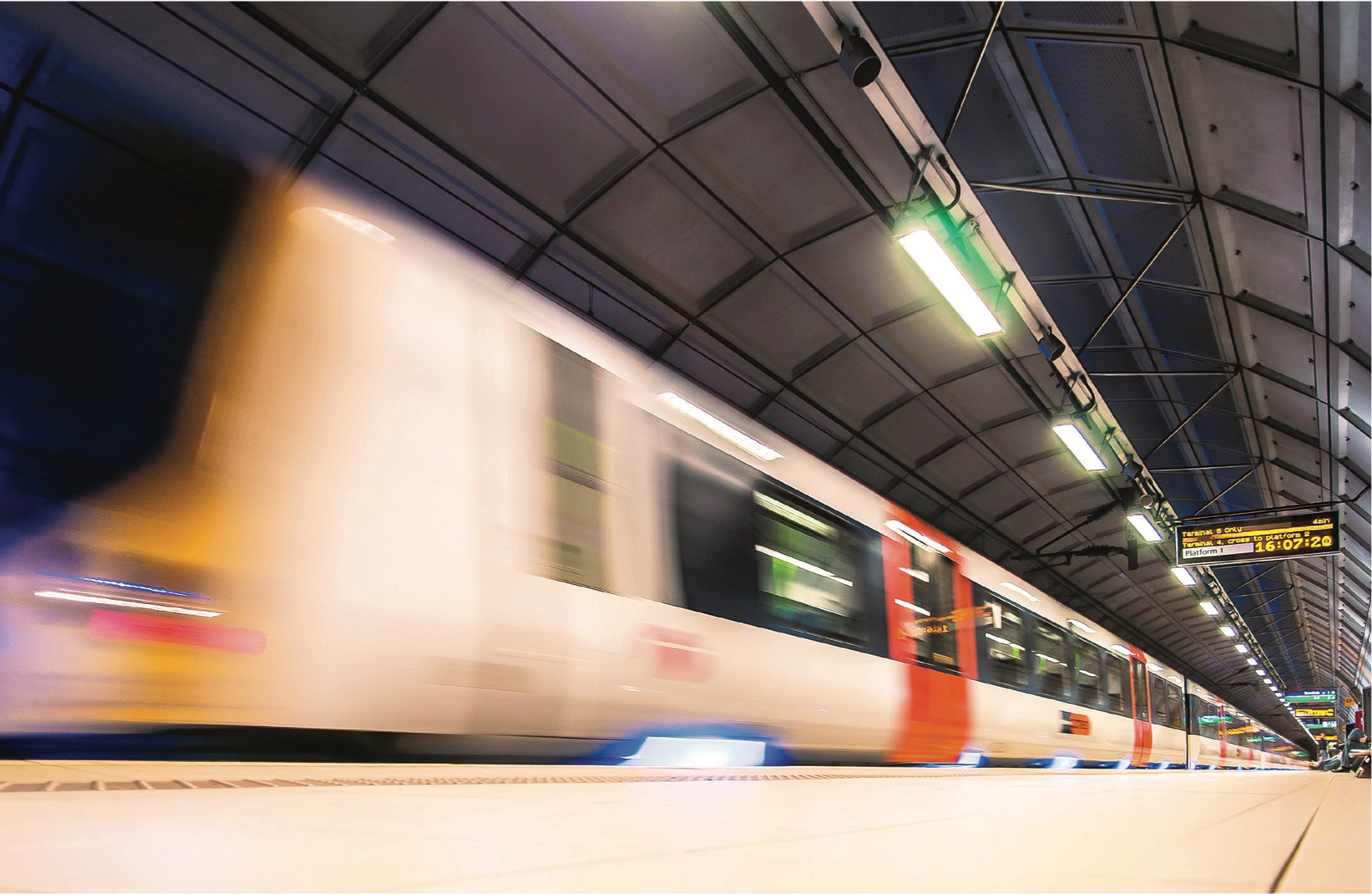
(Illustration: Pexel)
Once an opponent of the North-South high-speed railway project in 2010, economist Pham Chi Lan said that in 2003 she experienced the Shinkansen high-speed train and was impressed by the high cost of this type of transport. "At that time, Vietnam did not have enough resources for basic investment, so it should not be extravagant," she explained her thoughts.
Unity is required, no delay.
The North-South high-speed railway project has been re-constructed, not much different from the first proposal. The route is 1,570km long, double-track 1,435mm gauge, designed speed 350km/h. However, the most important difference is the complete support of public opinion.
Mr. Nguyen Ngoc Dong assessed that countries usually spend more than 10 years researching high-speed railway projects, while Vietnam has been researching very carefully for nearly 20 years. "We have missed a beat once. Currently, human and financial resources are sufficient, we cannot miss it again ," he said.
As the current project manager, Deputy Minister of Transport Nguyen Danh Huy said that capital mobilization this time is not as big a challenge as in 2010. In 2023, the size of Vietnam's economy has increased nearly 3 times compared to 2010, reaching 430 billion USD. It is expected that by the time construction begins in 2027, the size of the economy will reach 564 billion USD. Investment resources are no longer a major obstacle.
In previous years, many people were afraid of investing with high-cost ODA loans, and called for socialization as unfeasible. Now, the investment scenario is clear, the budget accounts for the majority and is arranged in stages so as not to affect other key projects.
According to Mr. Tran Quoc Phuong, Deputy Minister of Planning and Investment, the North-South high-speed railway project has a spillover effect on urban development. With more than 20 stations from North to South, each station has an attached urban area. This is also the driving force for economic development.
According to Minister of Transport Tran Hong Minh, the National Assembly's decision on the investment policy for the North-South high-speed railway project is a "historic decision". This is not only a transport project but also a dynamic and symbolic project, creating momentum for the economy, contributing to bringing the country into a new era, an era of national growth as General Secretary To Lam stated.
THANH LAM
Vtcnews.vn
Source: https://vtcnews.vn/chuyen-chua-ke-hanh-trinh-den-duong-sat-toc-do-cao-ar920694.html




























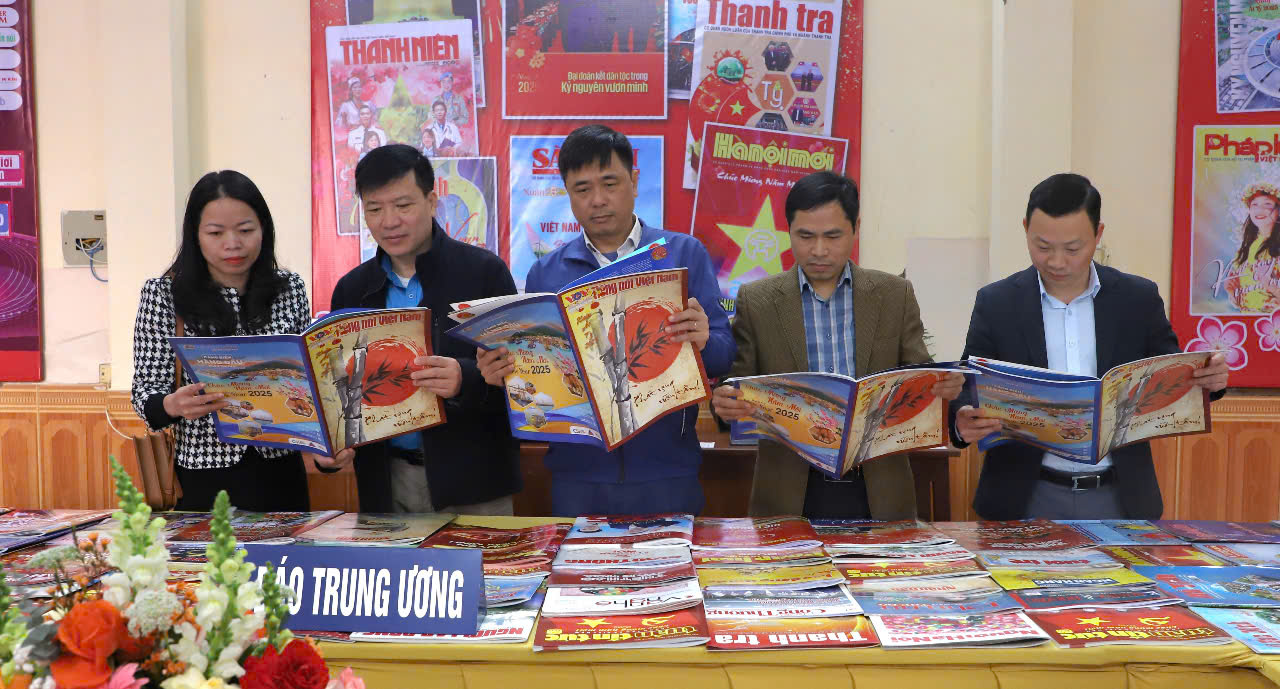

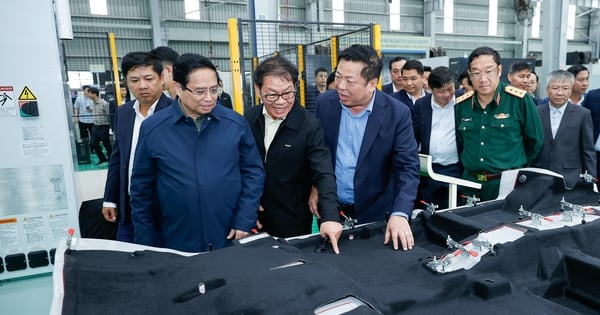

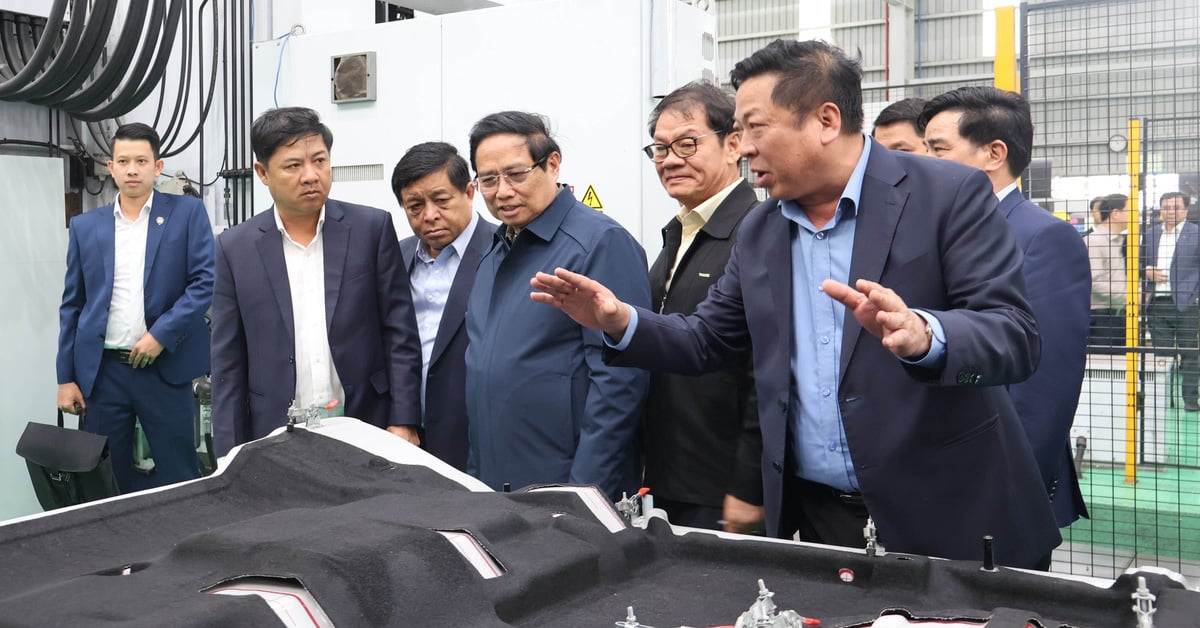

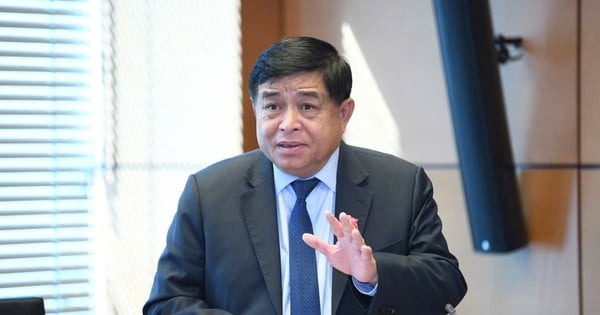

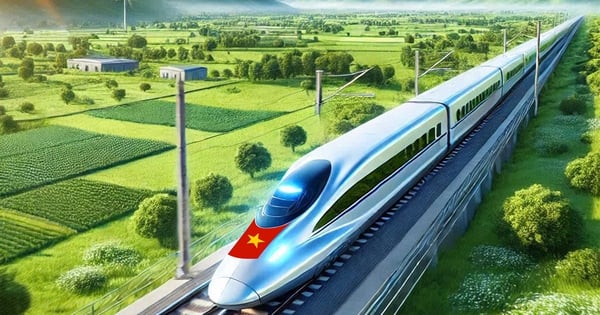
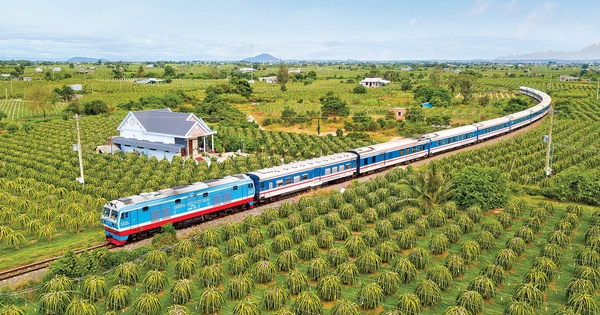
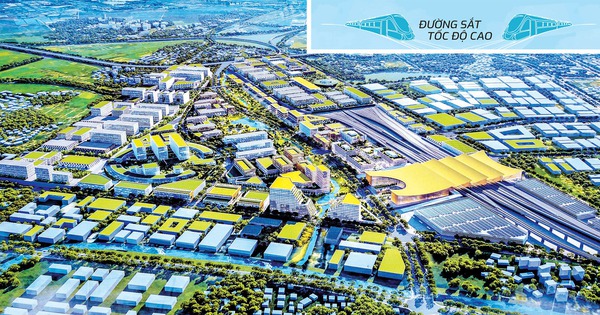
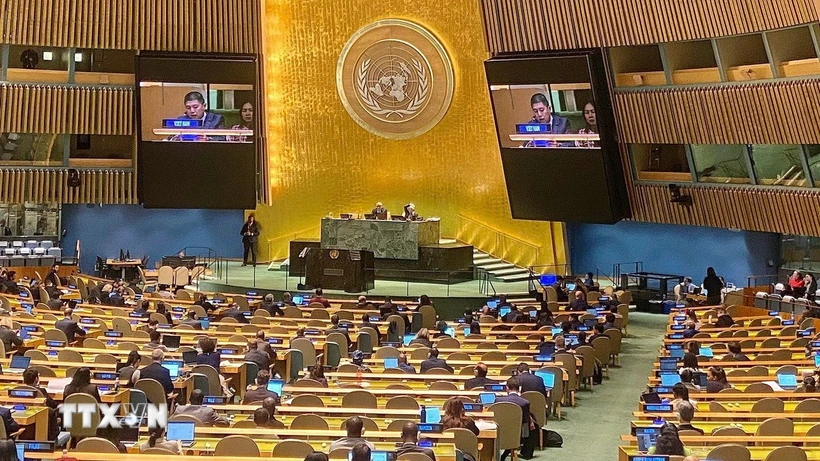



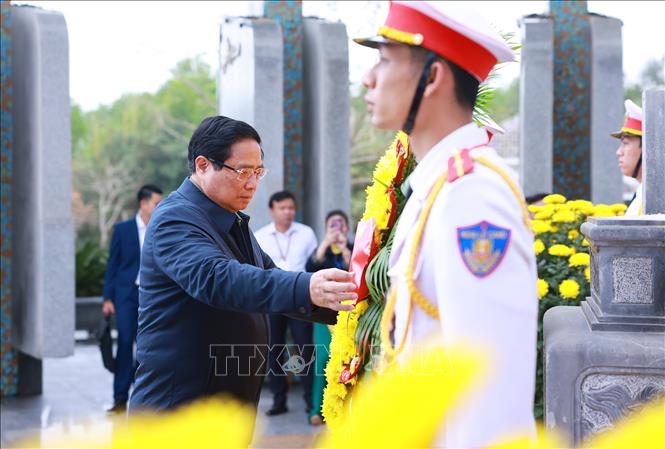
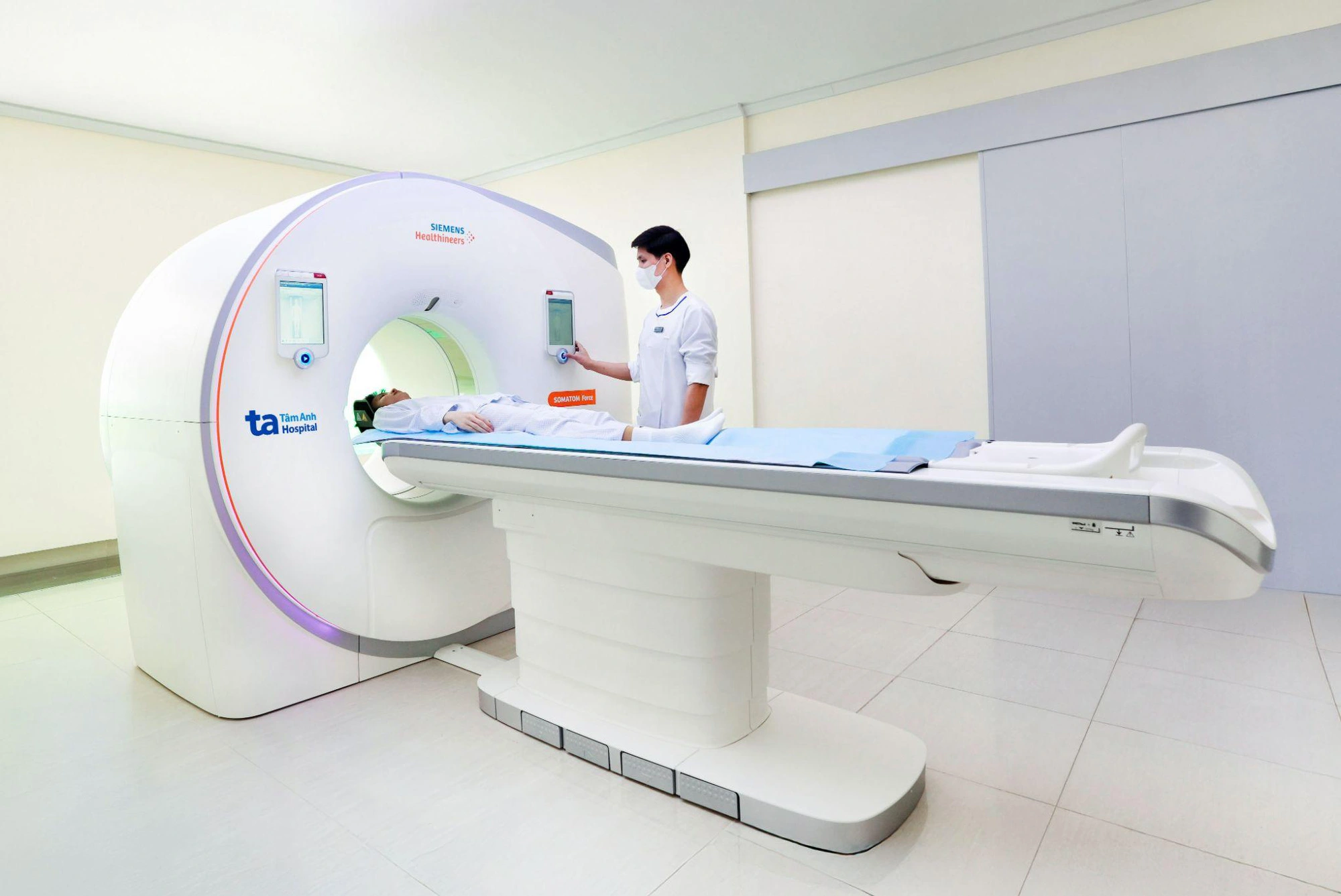
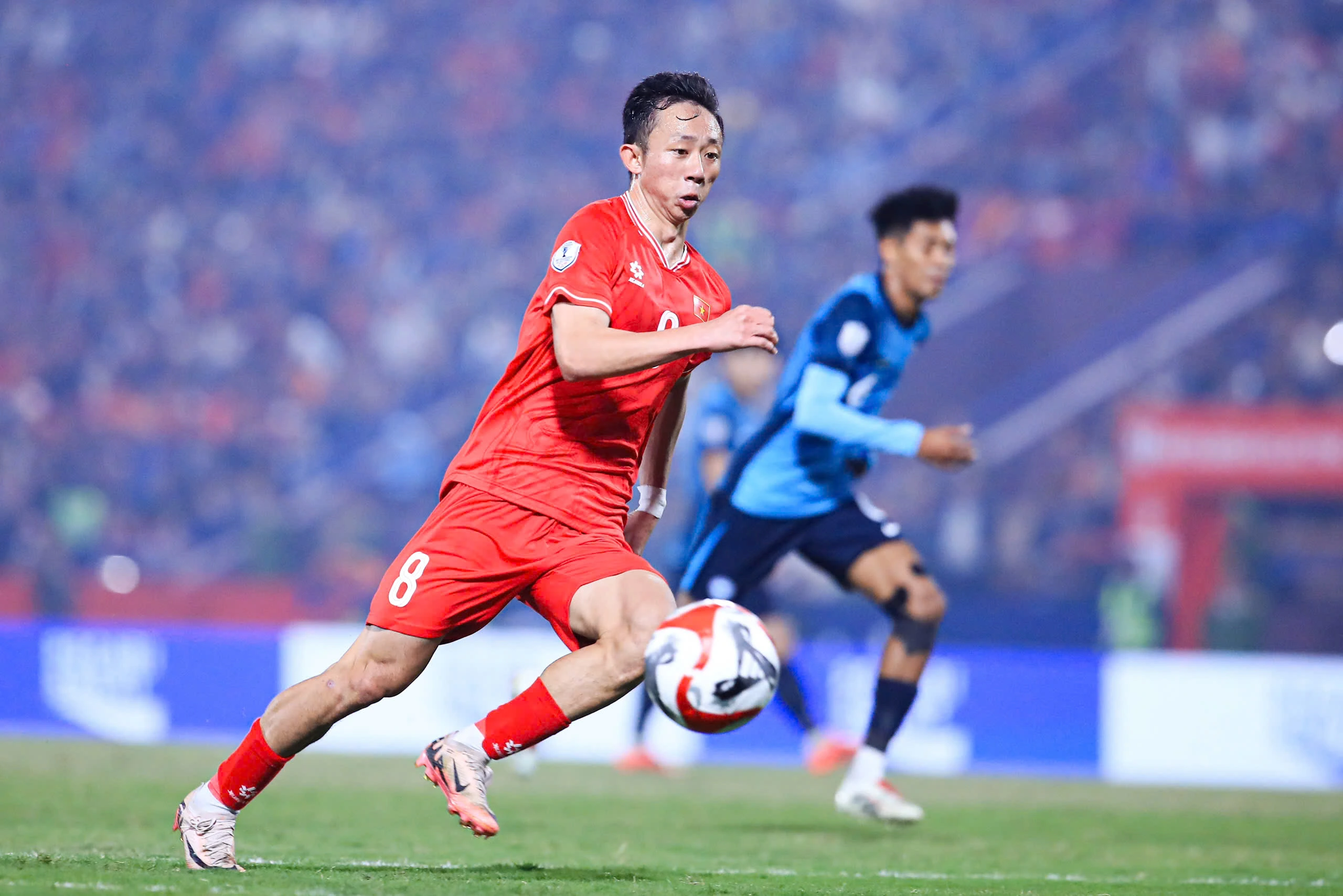



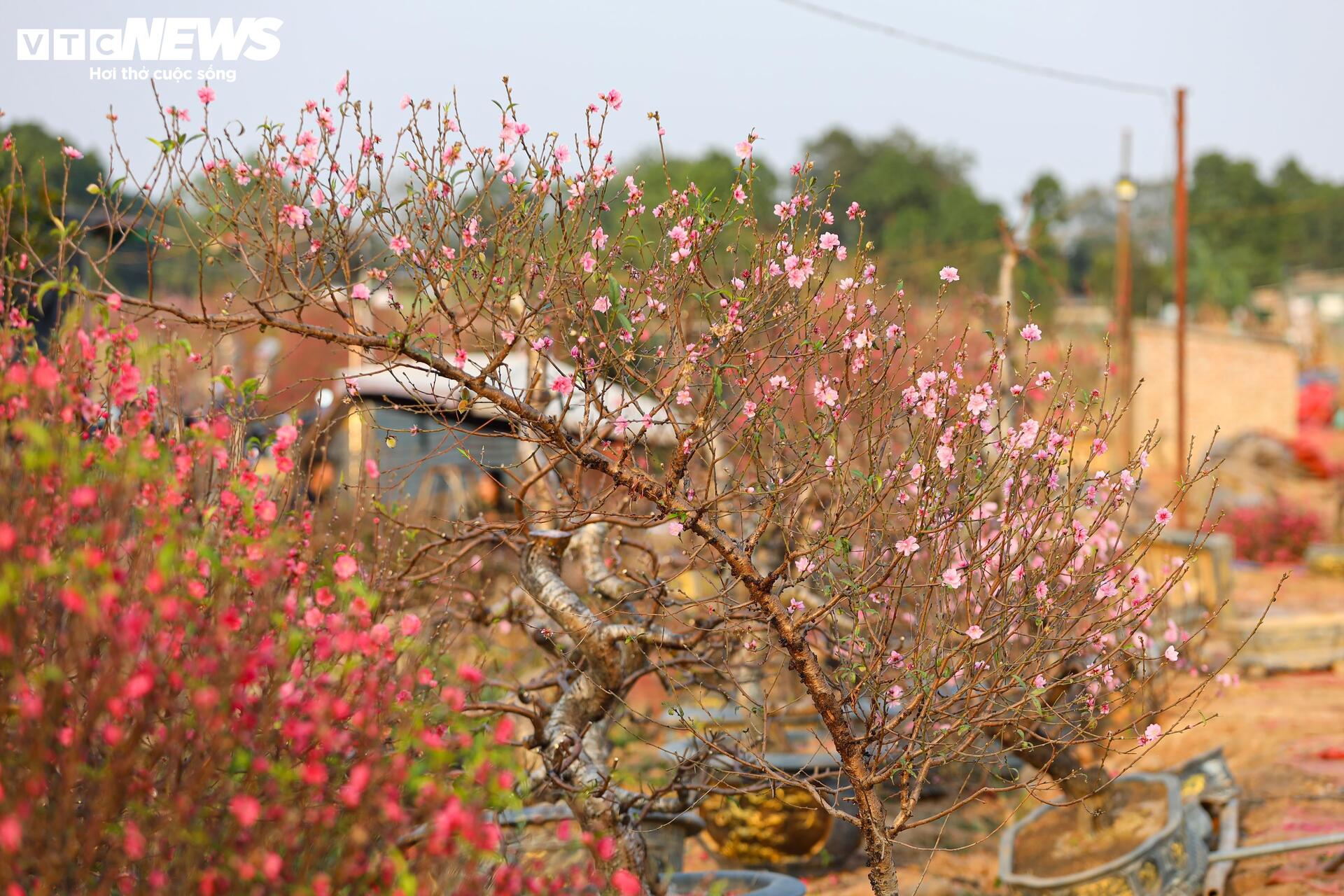





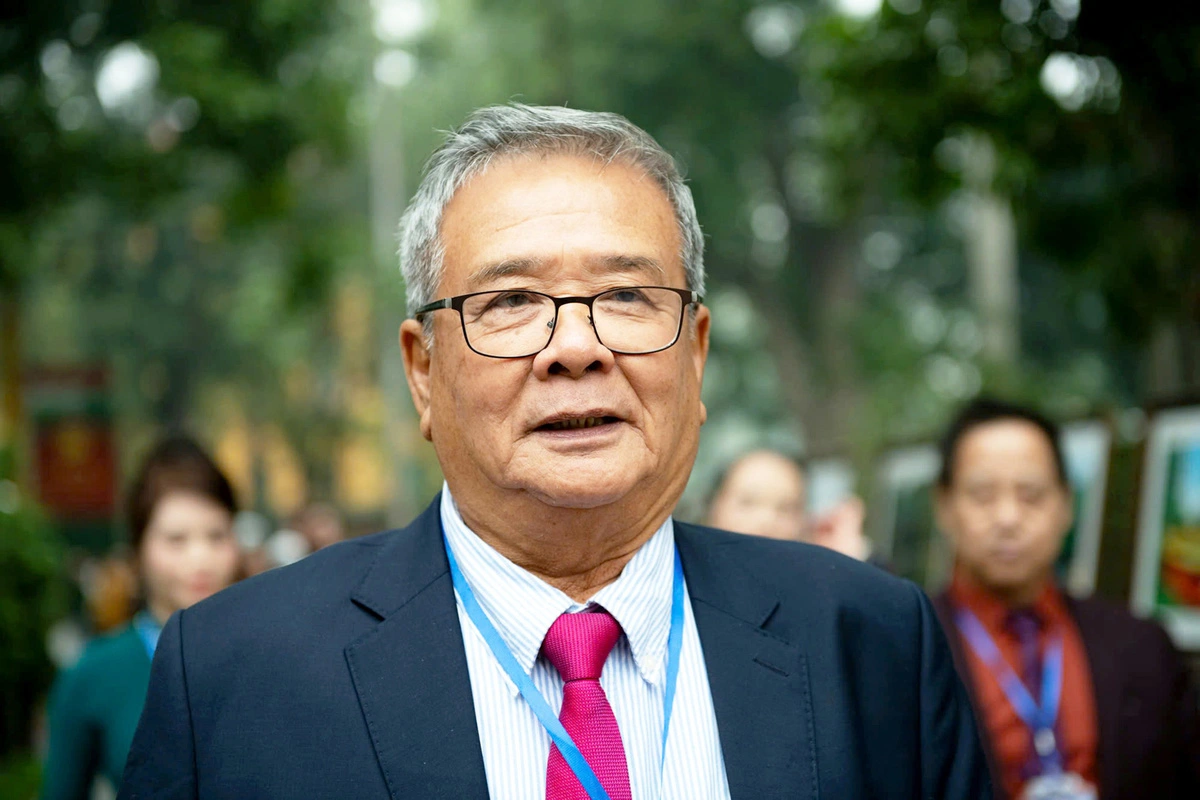



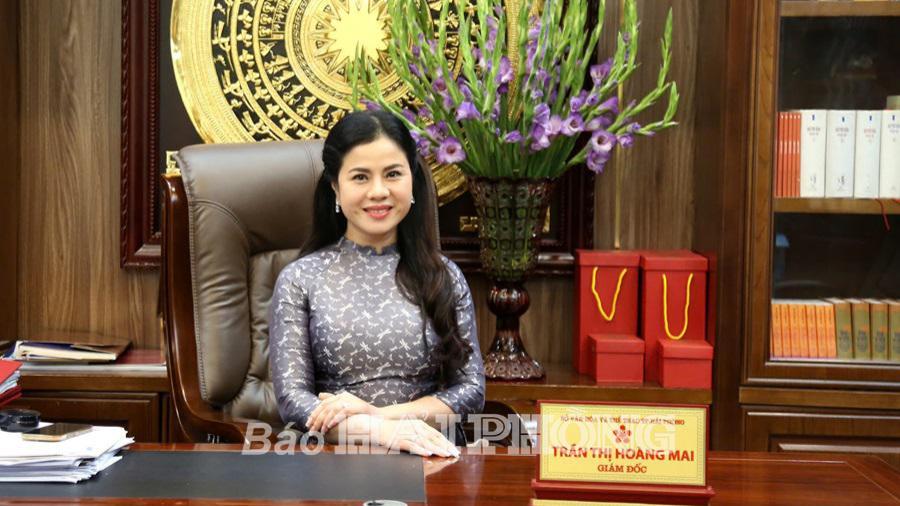






Comment (0)